SNOSD81B September 2018 – January 2020 LMG3410R050 , LMG3411R050
PRODUCTION DATA.
- 1 Features
- 2 Applications
- 3 Description
- 4 Revision History
- 5 Pin Configuration and Functions
- 6 Specifications
- 7 Parameter Measurement Information
-
8 Detailed Description
- 8.1 Overview
- 8.2 Functional Block Diagram
- 8.3 Feature Description
- 8.4 Safe Operation Area (SOA)
- 9 Application and Implementation
- 10Power Supply Recommendations
- 11Layout
- 12Device and Documentation Support
- 13Mechanical, Packaging, and Orderable Information
6.7 Typical Characteristics
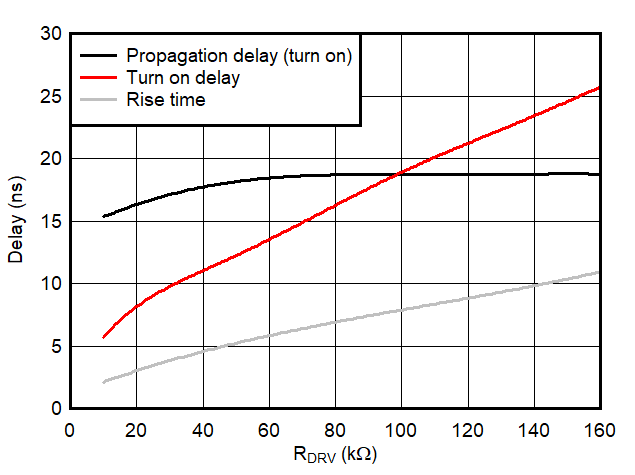
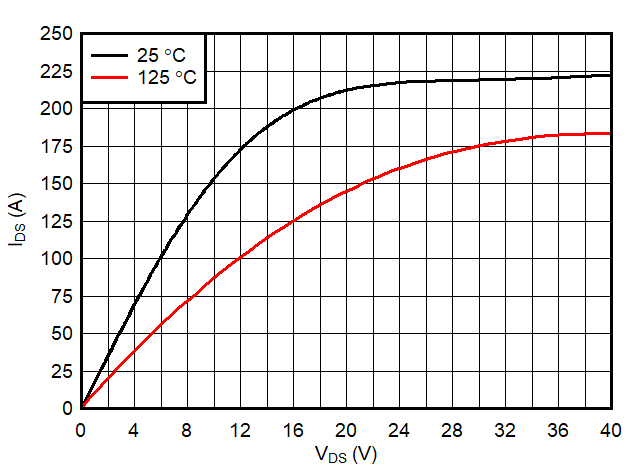
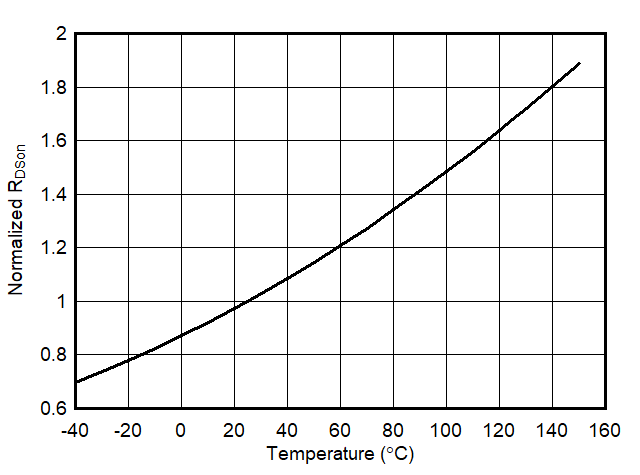
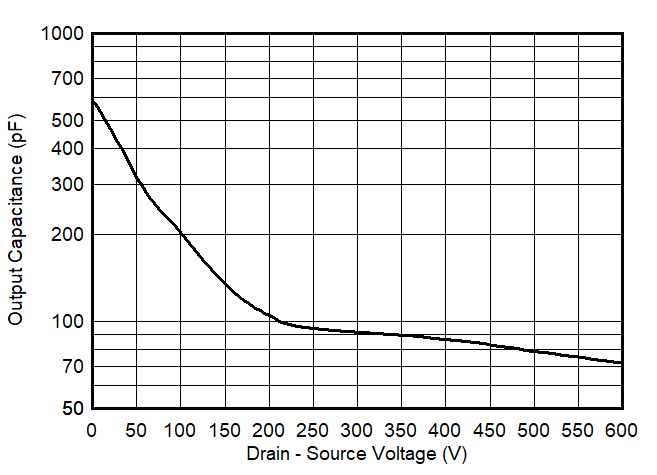
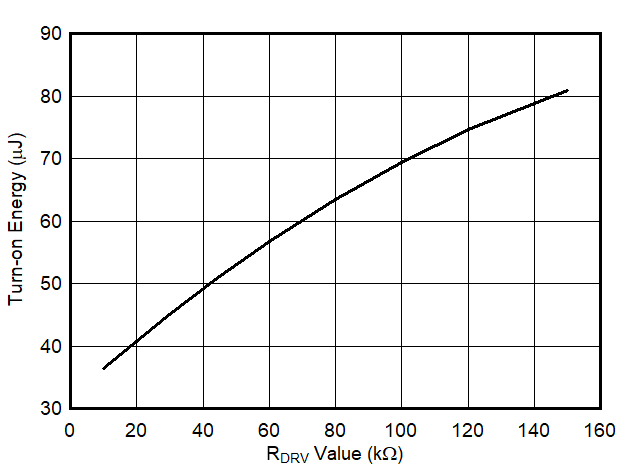
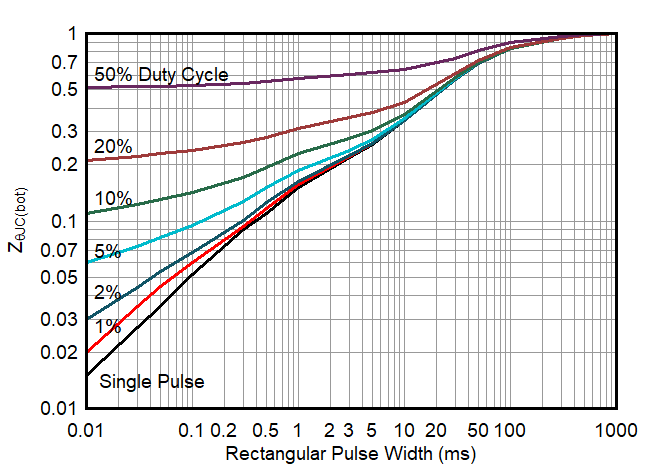 Figure 11. Transient Thermal Impedance
Figure 11. Transient Thermal Impedance 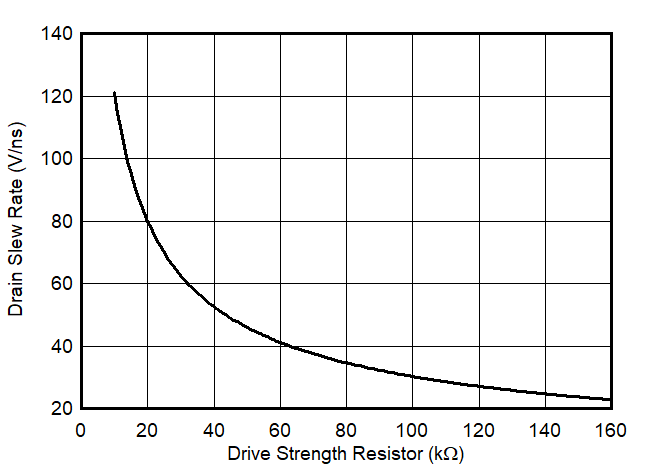
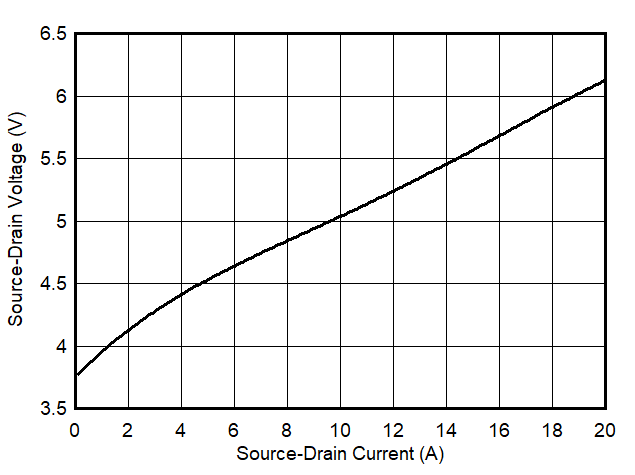
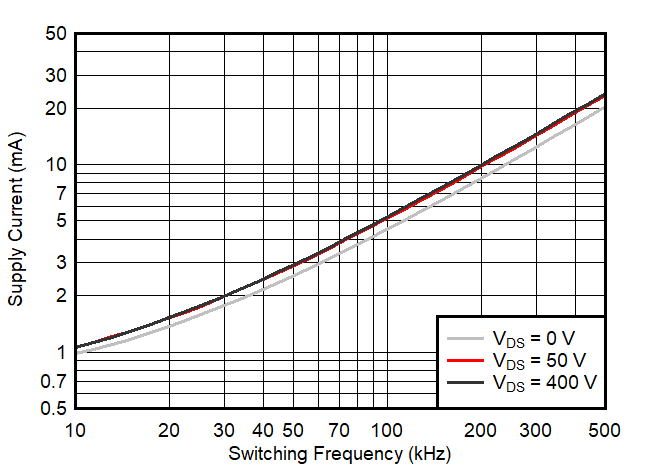
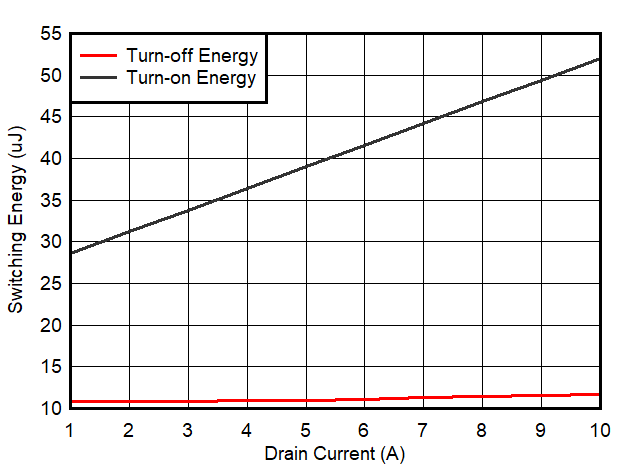
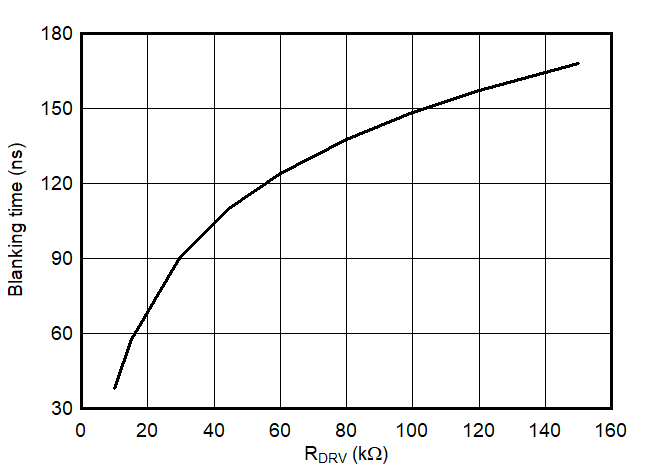
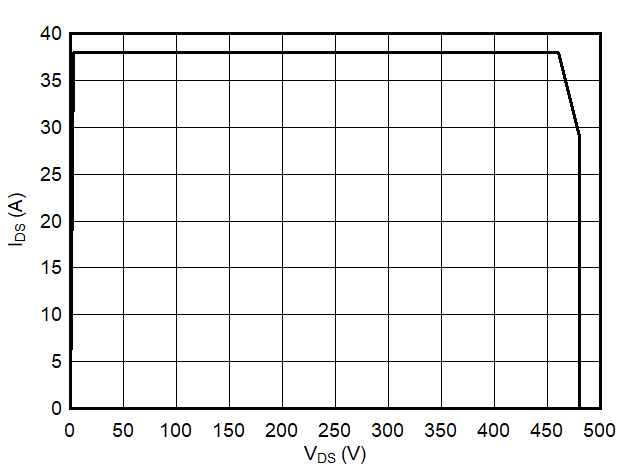 Figure 12. Safe Operation Area
Figure 12. Safe Operation Area